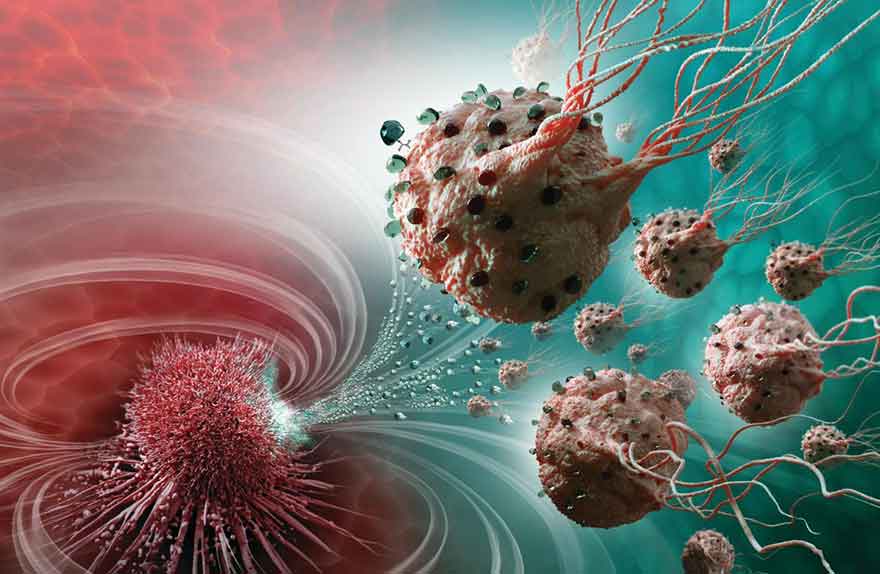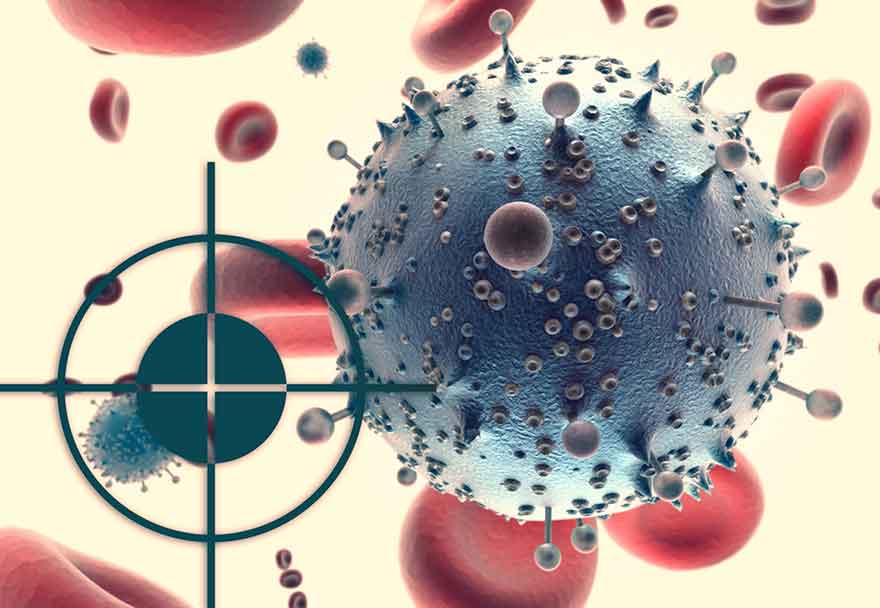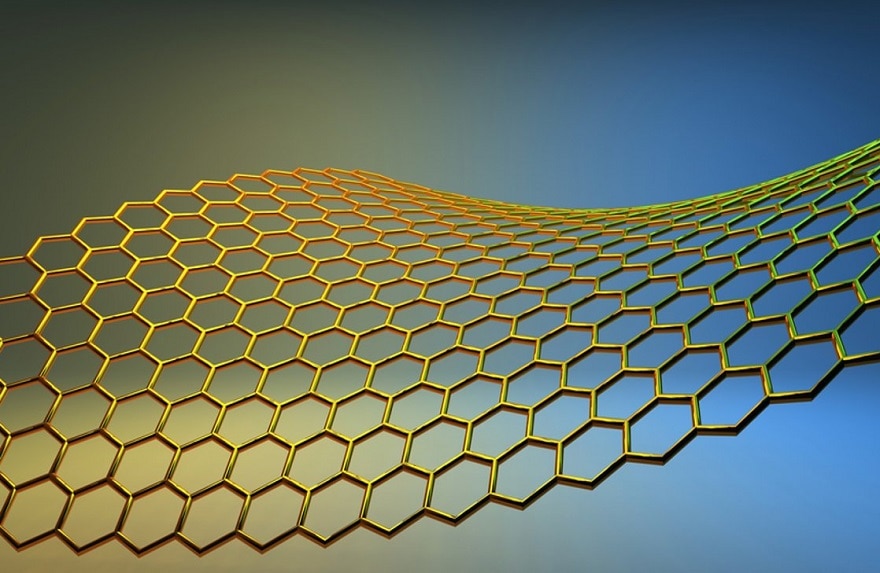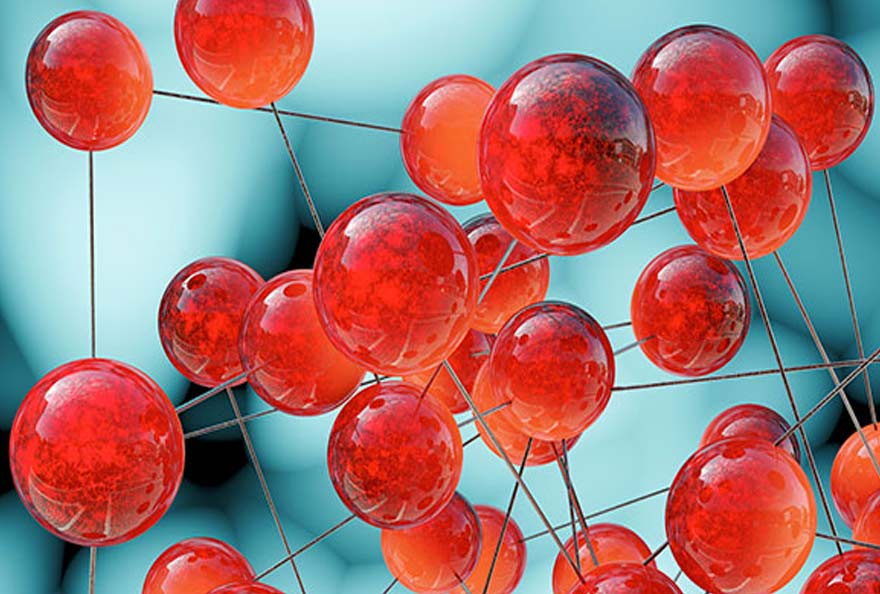Relâcher une armée microscopique pour s’attaquer à des tumeurs cancéreuses colorectales : la science a rejoint la science-fiction et vous risquez d’en entendre beaucoup parler.
Comme dans le film américain Le Voyage fantastique, où un véhicule miniature circule dans le flux sanguin pour transporter dans un corps humain des médecins réduits à la taille de microbes, une équipe québécoise vient d’injecter dans les vaisseaux sanguins de souris malades une armée d’agents nanorobotiques équipés de molécules anti-cancer.
Cette avancée fait l’objet d’un récent article dans la revue Nature Nanotechnology. « Notre technologie s’avère prometteuse avec un taux de réussite de 55 % des tumeurs atteintes et en plus, nous ciblons avec précision les tumeurs malades, pas les tissus sains », relève Sylvain Martel, directeur du Laboratoire de NanoRobotique médical de l’École Polytechnique de Montréal.
Les minuscules combattants du cancer sont en fait 100 millions de bactéries équipées de sacs moléculaires (liposomes) contenant un médicament destiné à attaquer la tumeur de l’intérieur. Elles se déplacent grâce à leur flagelle et à un système de guidage qui les poussent à rechercher la présence de zones pauvre en oxygène (hypoxiques) et ainsi à cibler les zones de résistance de la tumeur cancéreuse afin de libérer le médicament par biodégradation chimique.
À la croisée du biologique, de l’ingénierie et de la nanorobotique, cette technologie demande encore à être testée sur d’autres types de tumeurs, mais aussi sur de plus gros animaux – et donc sur l’humain – ce que permettra la nouvelle infrastructure médicale robotisée.
Munie d’une plateforme clinique d’IRM, d’une station de magnétotaxisme – poste de pilotage destiné à guider les bactéries par magnétisme –, d’une pouponnière de bactérie et d’autres équipements robotisés, cette station d’opération de nanorobotique médicale opèrera presque sans aide humaine. «Tout sera automatisé et les transferts vont être très rapides ; c’est l’avenir de la médecine. », pense le titulaire de la Chaire de recherche du Canada en nanorobotique médicale.
Ces bactéries particulières proviennent d’une souche aquatique que l’on retrouve dans les milieux humides de l’État américain de Rhode Island. Ces bactéries non-pathogènes et longues de 1 à 2 micromètres seulement possèdent une courte longévité – 30 minutes – et ne se reproduisent pas dans le corps humain.
Ces futures assistantes médicales se déplacent grâce aux champs magnétiques terrestres. Cela permet aux chercheurs de les contrôler dans les voies navigables sanguines où elles sont introduites. « Nous les guidons vers la destination en changeant artificiellement les champs magnétiques jusqu’à la tumeur », explique le Pr Martel.
Un demi-siècle après le film de Richard Fleischer, les chercheurs visent même à faire voyager ces bactéries dans le cerveau – en ouvrant la barrière hémato-encéphalique – pour atteindre les tumeurs qui s’y seraient logées. Un voyage que l’on espère moins mouvementé que dans le scénario de fiction.
Isabelle Burgun, Agence Science-Presse
Source ASP
Image d’en-tête : The NanoRobotics Laboritory – Polytechnique Montreal
S’abonner
Connexion
0 Commentaires
Inline Feedbacks
View all comments












